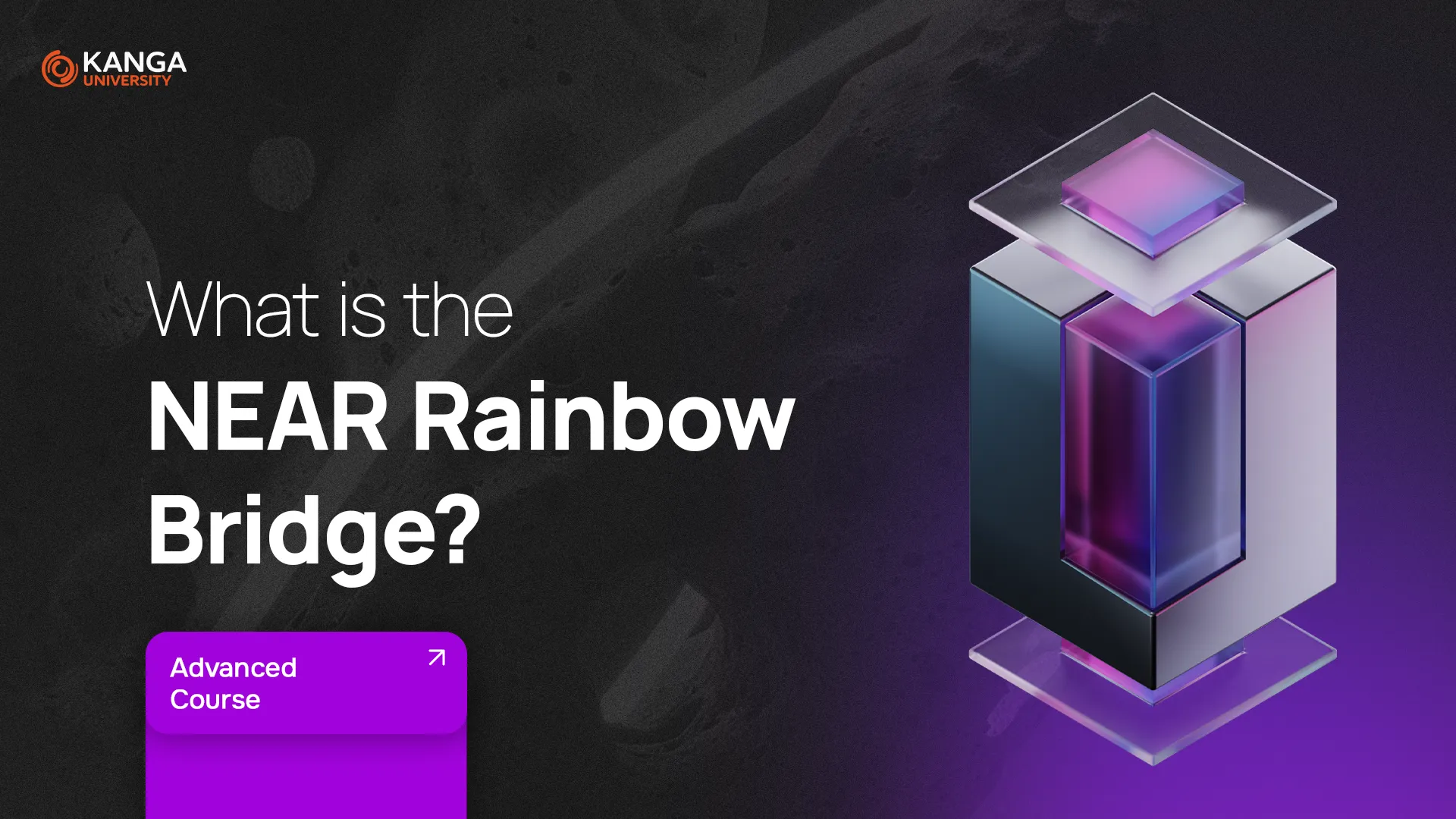
You’ve probably heard of the “blockchain trilemma”: the challenge of balancing scalability, decentralization, and security. As demand for blockchain-based apps and assets grows, so does the pressure to scale efficiently. That’s where NEAR Protocol and its powerful tool, Rainbow Bridge, step in.
Let’s break down how this ecosystem works – and why it could help shape the future of Web3.
What is NEAR Protocol?
NEAR is a Layer 1 blockchain built for speed, simplicity, and affordability. Founded in 2018 by former Google engineers Alex Skidanov and Illia Polosukhin, it’s designed to make it easy for developers to build decentralized applications (dApps) – and for users to interact with them smoothly.
One of its standout features? You can use human-readable account names like janedoe.near instead of confusing wallet addresses. NEAR is also known for being carbon-neutral and developer-friendly.
But NEAR’s real strength lies in its architecture – which combines high-performance sharding, EVM compatibility, and seamless cross-chain tools like the Rainbow Bridge.
Nightshade Sharding – Scaling Without Compromise
Sharding is a method of splitting up the blockchain so that transactions can be processed in parallel. NEAR’s version, called Nightshade, dynamically adapts to network traffic, splitting or merging “shards” depending on how busy the network is.
The result? NEAR can handle thousands – potentially millions – of transactions per second (TPS), without driving up fees. That’s a big step forward in solving blockchain’s scalability problem.
What is Rainbow Bridge?
Rainbow Bridge is NEAR’s official gateway between Ethereum, NEAR, and Aurora (a NEAR-based EVM-compatible Layer 2). It lets users transfer assets like ERC-20 tokens, stablecoins (USDT, DAI), and even NFTs between networks.
Transferring from Ethereum to NEAR costs less than $1, and most transactions take just a few minutes. A transfer from NEAR to Aurora? Around 10 minutes. From NEAR to Ethereum? It can take up to 16 hours, due to Ethereum’s built-in security delays.
How Does Rainbow Bridge Work?
Here’s how the system is structured:
-
User Interface: The official Rainbow Bridge website acts as the control panel for moving assets between chains.
-
LiteNode: This lightweight smart contract stores block headers from NEAR and Ethereum, making cross-chain communication possible.
-
Relayers: These agents keep LiteNodes updated with the latest block data.
-
Connectors: Smart contracts that define the logic for secure, cross-chain token transfers.
All of these parts work together to give users a seamless way to move assets across chains without giving up control.
Aurora – Ethereum Apps on NEAR
Aurora is a Layer 2 scaling solution on NEAR. It includes two main parts: the Aurora Bridge and the Aurora Engine (an Ethereum Virtual Machine).
Thanks to Aurora, developers can run Ethereum-based apps on NEAR without rewriting their code. That means faster transactions, lower fees, and no need to learn new tools.
ERC-20 tokens also move easily between Ethereum and NEAR using the Aurora Bridge.
The NEAR Token – Powering the Ecosystem
The NEAR token is used to pay transaction fees, secure the network through staking, and participate in governance. It’s the fuel that powers the protocol and the glue that keeps the ecosystem running smoothly.
Why NEAR and Rainbow Bridge Matter
Unlike many other chains, NEAR isn’t trying to work in isolation. Its tech is built around openness, compatibility, and scalability.
With high throughput, low fees, and cross-chain compatibility, NEAR and Rainbow Bridge offer a real solution to the blockchain trilemma – without sacrificing decentralization.
Summary
NEAR Protocol and Rainbow Bridge show that it’s possible to scale blockchain networks while keeping them decentralized and user-friendly. With advanced tools like Nightshade sharding, Aurora’s Ethereum compatibility, and cross-chain bridges, NEAR is setting the standard for what modern blockchains can look like.
If you’re exploring the next wave of Web3 innovation, NEAR is definitely a name to watch.